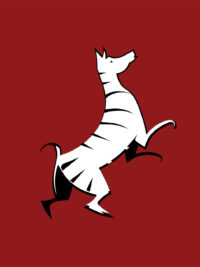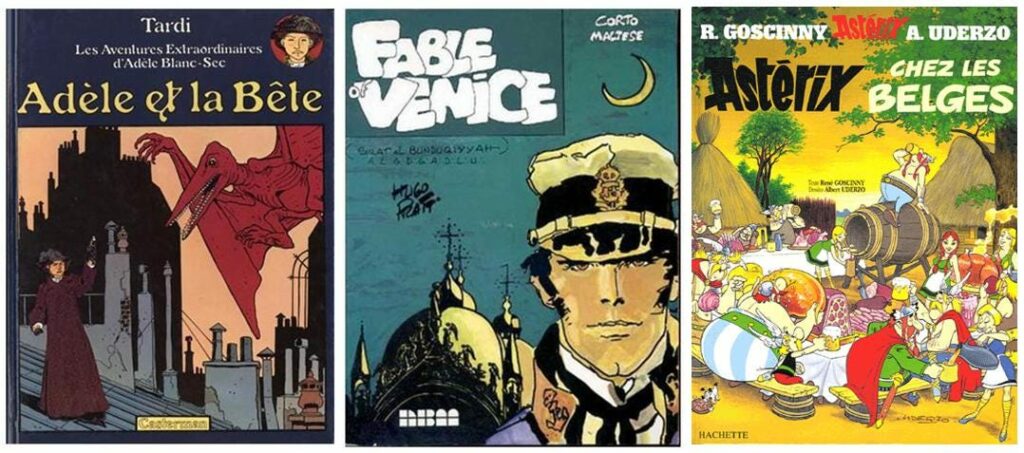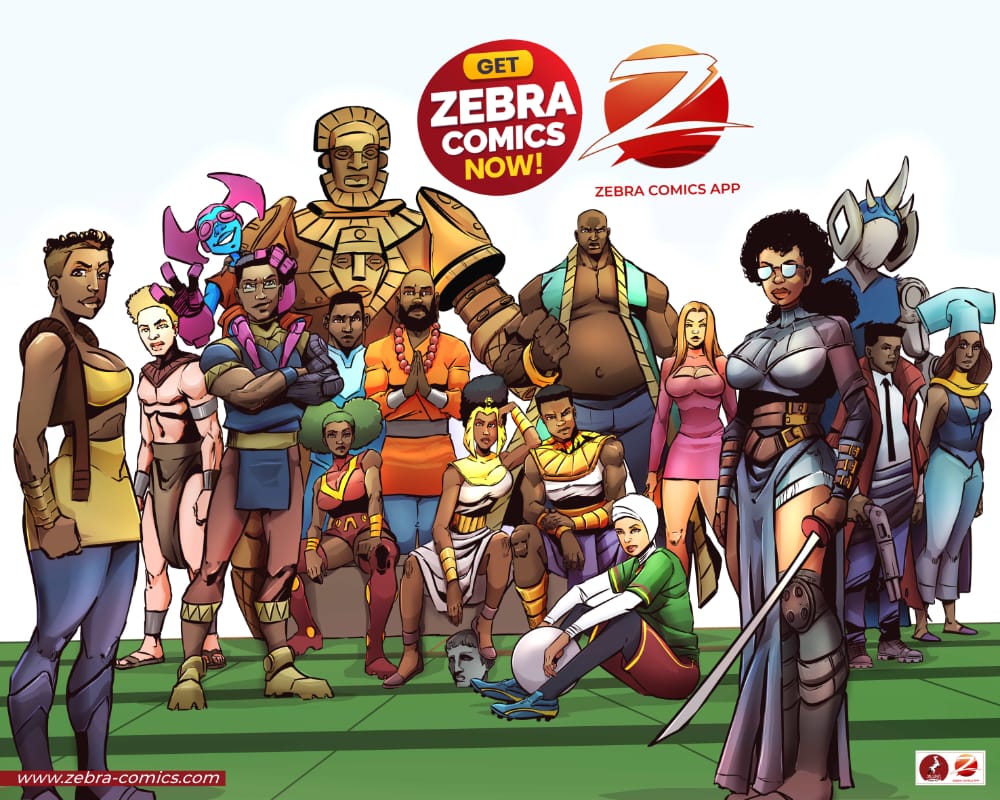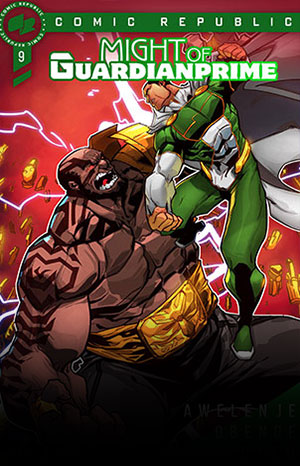The world of comics today is really an exciting one. Besides the deeply intriguing and interesting stories that comics provide to global audiences, they also provide interesting characters and unique worlds that can be used to create more stories and adapt them into different media. Today, comics have grown in popularity in different parts of the world. The internet has also brought about the creation of new formats like webtoon, making it even more accessible and popular. This popularity is true for American comics, Franco-Belgian Bande Dessinee, Japanese manga, webcomics, webtoons and even African comics. However, the level of success that African comics are witnessing on the global market is by far lower than what others witness, and so there is a need to provide ideas on how to help African comics garner better attention and eventual success.
In previous articles, we looked at what African comics can learn from webtoon and Japanese manga to be able to get the kind of success that these comic formats are getting. In these articles, the problems which plague African comics, preventing it from growing as fast as those from other parts of the world, were highlighted. Low production levels, poor production quality, inadequate tools, inadequate distribution channels and poor marketing were amongst some of the issues which African comics face, preventing them from growing as fast, and as big as comics from other parts of the world. So, we will continue to look at what successful comics formats are doing so as to make recommendations that African comics publishers can take into consideration to grow their businesses.
In this article therefore, we will look at Franco-Belgian comics and see what African comics can learn from them to get the kind of success that they enjoy.

Franco-Belgian comics, also known as bande dessinée (BD), are comics that are originally published in French or Dutch and created for readership in France and Belgium. These countries have a long tradition in comics, separate from that of English-language comics. Belgium is mostly a bilingual country, and comics originally in Dutch (stripverhalen, literally “strip stories”, or simply “strips”) are culturally a part of the world of bandes dessinées; these are translated to French and concurrently sold to the French-reading audience, and vice versa.
Franco-Belgian comics are typically characterized by a more realistic art style than American comics, which are often more stylized. Franco-Belgian comics also cover a wider range of genres than American comics, which tend to focus on superheroes and action. Franco-Belgian comics can be about anything, from adventure to humor to drama.
Franco-Belgian comics are typically published as hardcover albums, while American comics are typically published as single issues or trade paperbacks. Franco-Belgian comics are also typically aimed at a wider audience than American comics, which are often aimed at children or young adults.

Some of the most famous Franco-Belgian comics include: Tintin by Hergé, Asterix by René Goscinny and Albert Uderzo, Lucky Luke by Morris and René Goscinny, The Adventures of Blake and Mortimer by Edgar P. Jacobs, The Smurfs by Peyo, and Spirou and Fantasio by Rob-Vel and André Franquin.
Franco-Belgian comics have had a significant impact on the world of comics. They have inspired many other comics creators, and they have been translated into many languages and published all over the world.
In recent years, there has been a growing interest in Franco-Belgian comics in the United States. This is partly due to the success of the movie The Adventures of Tintin, which was directed by Steven Spielberg and released in 2011. The movie was a critical and commercial success, and it helped to introduce Franco-Belgian comics to a new generation of American readers.
There are many reasons to enjoy Franco-Belgian comics. They are well-written, well-drawn, and often deal with complex and challenging themes. They are also a great way to learn about French and Belgian cultures. If you’re looking for new and exciting comics to read, I encourage you to check out some Franco-Belgian comics.

With this rich background, African comics companies can learn a lot from their Franco-Belgian counterparts. Here are a few things that they should learn from Franco-Belgian comics:
1. Focus on quality.
Franco-Belgian comics are known for their high quality. They are well-written, well-drawn, and well-edited. African comics companies should focus on producing high-quality comics that will appeal to a wide audience.
2. Diversify your genres.
Franco-Belgian comics cover a wide range of genres, from adventure to humor to drama. African comics companies should also diversify their genres in order to appeal to a wider audience.
3. Tell stories that matter.
Franco-Belgian comics often tell stories that are relevant to the lives of their readers. African comics companies should also tell stories that matter; stories that will resonate with their readers.
4. Build relationships with international publishers.
Franco-Belgian comics are published all over the world. African comics companies should build relationships with international publishers in order to reach a wider audience.
5. The importance of collaboration.
Franco-Belgian comics are often created by teams of writers, artists, and editors. This collaborative approach helps to ensure that the comics are of the highest quality. African comics companies should also embrace collaboration in order to produce the best possible comics.
6. The importance of marketing and promotion.
Franco-Belgian comics are marketed and promoted extensively. This helps to ensure that they reach a wide audience. African comics companies should also invest in marketing and promotion in order to reach a wider audience.

By learning from the success of Franco-Belgian comics, African comics companies can help to grow the African comics industry and create a more vibrant and diverse comics culture on the continent.




